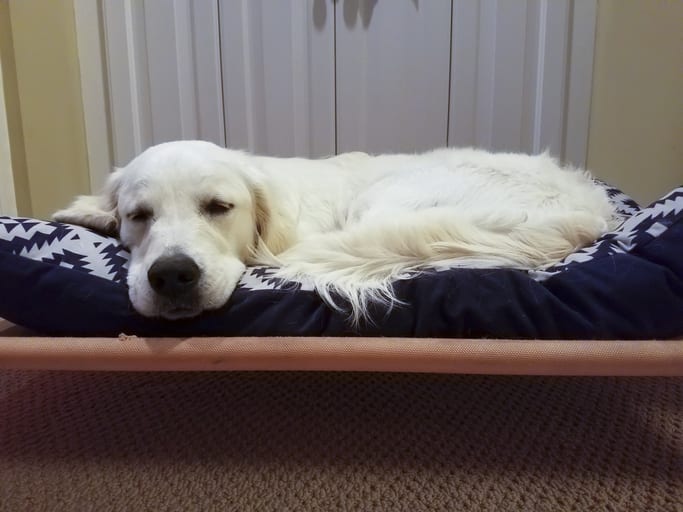Is Your Dog in Pain in Altadena, CA? Here are 6 Signs to Watch for
Do you think your dog might be in pain? Do you find yourself wishing he could just tell you so you wouldn’t have to guess? This is a common feeling among dog owners, but unfortunately, it’s necessary to learn the common signs of pain so you can tell when there’s something wrong with your dog.
Read through the article below to learn more about the most common signs to be on the lookout for. Not all dogs will show all these symptoms, but they can give you a good idea of what a dog in pain generally looks like.
1. Lethargy or Unwillingness to Move
If your dog is in pain, he will likely become very lethargic. He may be unable to move due to the pain, stiffness, or weakness he is experiencing, or he might be unwilling to move for the same reasons. If you notice your dog isn’t getting up as often as he normally does, this may be the first sign of pain you see.
Lethargy is also related to a wide variety of other dog ailments and conditions, however, so you should check for other signs of pain to be sure. You may also want to look for symptoms of other problems as well.

2. Licking and Chewing the Affected Area
Dogs who are in pain tend to lick the affected area to help try to soothe it or relieve some of that pain. They may also be prone to chewing the area, especially if they think they can chew away whatever might be causing the pain. This is one of the reasons why dogs may chew off their skin tumors in some instances.
If your dog is licking or chewing an area of his body more often than normal, check it thoroughly. If he shows other signs of pain when you touch or move that part of his body, then you should have him checked by the veterinarian.
3. Limping
Dogs who are in pain may develop a limp quickly. This may be associated with the actual root cause of the pain (such as an injury to the leg or foot) or it may occur because of the dog favoring one side of the body over the other due to more distant pain.
Either way, if you see a limp, your dog may be in pain. Dogs may start limping if they are suffering from arthritis, and this is one of the earliest signs of arthritis you may notice in your dog.
4. Aggression or Fear
If your dog is not normally aggressive but he suddenly becomes aggressive or defensive, this may be a sign he is in pain. This is especially true if the aggression occurs most commonly when you or someone else in the family tries to touch or move him.
Dogs may also become fearful for similar reasons. If your dog shies away from being petted when he normally enjoys the experience, this could mean he is in pain and is too afraid of the pain increasing to allow you to touch him.
5. Hiding or Anxiety
Hiding is another common trait in dogs who are suffering or in pain. Dogs may look for places to hide that are out of the way, and you might find your dog hiding somewhere that he doesn’t normally go. Look for him under the bed or in closets or bathrooms that he might be able to access.
Additionally, dogs may develop more anxiety than normal if they are in pain. Separation anxiety is common in dogs who are in long-term pain. Dogs who have severe arthritis are more likely to develop separation anxiety at this stage, for example, because of their pain.
6. Panting
Finally, a dog who is in pain may start panting due to the sensation of pain in his body. He may pant a little bit, or he might show signs that he is struggling to breathe well. If his sides are heaving and his tongue is out, then he is panting and could be hurting, too.
Dog panting is also a sign of a wide variety of other conditions, however, such as heatstroke, nausea, and anxiety. Take your dog to the vet if he starts panting without any noticeable cause, and especially if he does so while at rest in a cool room.
Talk with Your Veterinarian about Dog Pain Relief
This list only scratches the surface of potential signs of pain your dog may present. However, when you familiarize yourself with these signs, you can learn to recognize the most common symptoms of pain in your furry friend. Once you notice your dog may be in pain, it’s time to go to the vet.
Take your pet to the vet right away to determine the underlying cause of the pain and figure out the right course of action moving forward. Book an appointment with your Altadena Pet Hospital veterinarian by calling (626) 798-0738 or using the online form!
